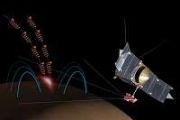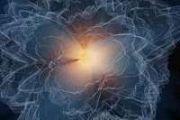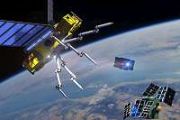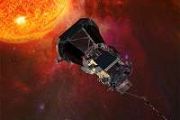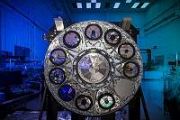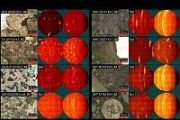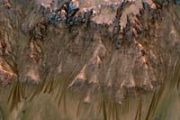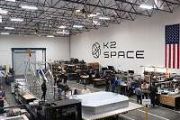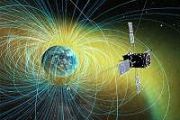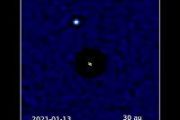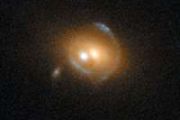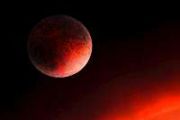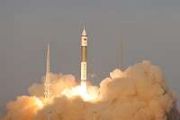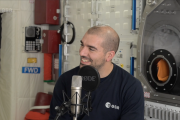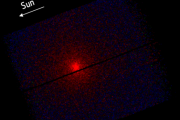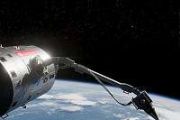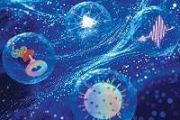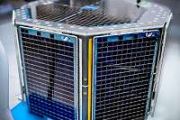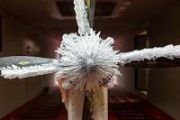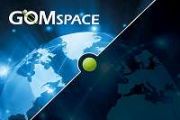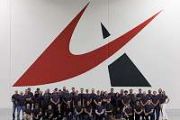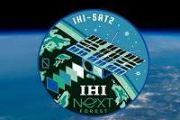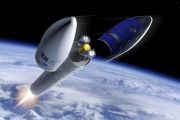
Copernical Team
Ariane 6 upper stage visits ESA's temple of boom
This request seems a bit unusual, so we need to confirm that you're human. Please press and hold the button until it turns completely green. Thank you for your cooperation!
Press and hold the button
If you believe this is an error, please contact our support team.
185.132.36.159 : 2d3a01c3-a4db-4227-9e0e-80460832
CHIME given the shakes
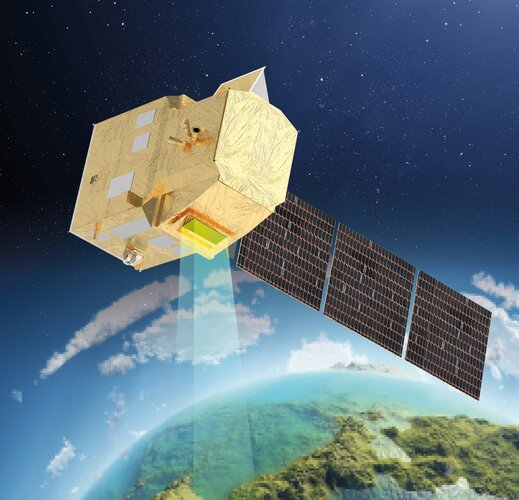
A model of the CHIME instrument has recently undergone rigorous testing to confirm it can endure the stresses of launch and the harsh conditions of space. This new Copernicus mission will provide critical data to support sustainable agriculture, and more.
N. Korea jams GPS signals, affecting ships, aircraft in South
 North Korea staged GPS jamming attacks on Friday and Saturday, an operation that was affecting several ships and dozens of civilian aircraft in South Korea, Seoul's military said.
The jamming allegations come about a week after the North test-fired what it said was its most advanced and powerful solid-fuel ICBM missile, its first such launch since being accused of sending soldiers to help Ru
North Korea staged GPS jamming attacks on Friday and Saturday, an operation that was affecting several ships and dozens of civilian aircraft in South Korea, Seoul's military said.
The jamming allegations come about a week after the North test-fired what it said was its most advanced and powerful solid-fuel ICBM missile, its first such launch since being accused of sending soldiers to help Ru OpTech secures $4.5 million U.S. Space Force contract for TacRS mission
 Optimum Technologies LLC (OpTech), known for its expertise in space mission design and advanced space hardware services, has secured a $4.5 million contract from the United States Space Force (USSF)'s Space Systems Command (SSC)'s Space Safari Office. The agreement, awarded on October 28, 2024, under a Small Business Innovation Research (SBIR) Phase 3 initiative, funds the development of an opti
Optimum Technologies LLC (OpTech), known for its expertise in space mission design and advanced space hardware services, has secured a $4.5 million contract from the United States Space Force (USSF)'s Space Systems Command (SSC)'s Space Safari Office. The agreement, awarded on October 28, 2024, under a Small Business Innovation Research (SBIR) Phase 3 initiative, funds the development of an opti Einstein's predictions face new challenges with universe's expanding puzzle
 Why is the Universe's expansion speeding up? This question has baffled scientists for over 25 years since its discovery. Addressing it requires re-examining fundamental physics, particularly Einstein's general relativity. Researchers from the University of Geneva (UNIGE) and the Universite Toulouse III - Paul Sabatier have compared Einstein's theoretical predictions with empirical data from the
Why is the Universe's expansion speeding up? This question has baffled scientists for over 25 years since its discovery. Addressing it requires re-examining fundamental physics, particularly Einstein's general relativity. Researchers from the University of Geneva (UNIGE) and the Universite Toulouse III - Paul Sabatier have compared Einstein's theoretical predictions with empirical data from the Ariane 6 upper stage visits ESA’s temple of boom
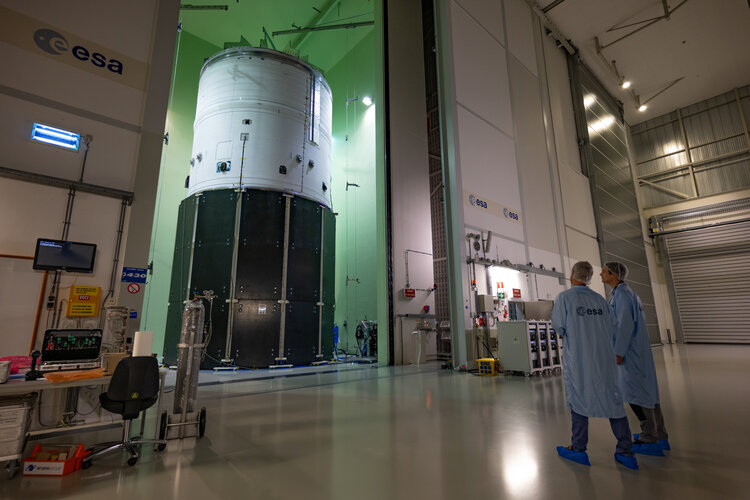
How we made history by landing on a comet
 Video:
00:09:09
Video:
00:09:09
On 12 November 2014, after a ten-year journey through the Solar System and over 500 million kilometres from home, Rosetta’s lander Philae made space exploration history by touching down on a comet for the first time. On the occasion of the tenth anniversary of this extraordinary feat, we celebrate by taking a look back over the mission's highlights.
Rosetta was an ESA mission with contributions from its Member States and NASA. It studied Comet 67P/Churyumov-Gerasimenko for over two years, including delivering lander Philae to the comet’s surface. Philae was provided by a consortium led by DLR, MPS, CNES
Scientists' advanced space materials reach the ISS for testing in extreme conditions
 A cutting-edge set of space materials developed by researchers at the University of Bristol has reached the International Space Station (ISS) for testing under the harsh conditions of low Earth orbit.
These high-performance materials, envisioned for use in future space structures, spacecraft, and potential space bases, will be tested on the Bartolomeo platform at the ISS. Over the course o
A cutting-edge set of space materials developed by researchers at the University of Bristol has reached the International Space Station (ISS) for testing under the harsh conditions of low Earth orbit.
These high-performance materials, envisioned for use in future space structures, spacecraft, and potential space bases, will be tested on the Bartolomeo platform at the ISS. Over the course o Intuition-1 marks one year of delivering advanced orbital insights
 On November 11, 2024, the Polish satellite Intuition-1 celebrated its first year in orbit, completing 5,490 revolutions around Earth and continuously delivering crucial data processed using its advanced AI-driven Leopard Data Processing Unit (DPU). This onboard system, developed by KP Labs, enhances resource analysis and processing efficiency through machine learning.
Intuition-1 is a hype
On November 11, 2024, the Polish satellite Intuition-1 celebrated its first year in orbit, completing 5,490 revolutions around Earth and continuously delivering crucial data processed using its advanced AI-driven Leopard Data Processing Unit (DPU). This onboard system, developed by KP Labs, enhances resource analysis and processing efficiency through machine learning.
Intuition-1 is a hype China achieves full real-time satellite data reception nationwide
 China now has real-time satellite data reception covering its entire national territory and 70 percent of Asia's land area, following the completion of a high-altitude ground station in Yulong Naxi autonomous county, Lijiang, operational since September.
"In other words, when a satellite passes over China, the data it collects is received by the ground station and transmitted in real-time
China now has real-time satellite data reception covering its entire national territory and 70 percent of Asia's land area, following the completion of a high-altitude ground station in Yulong Naxi autonomous county, Lijiang, operational since September.
"In other words, when a satellite passes over China, the data it collects is received by the ground station and transmitted in real-time 
